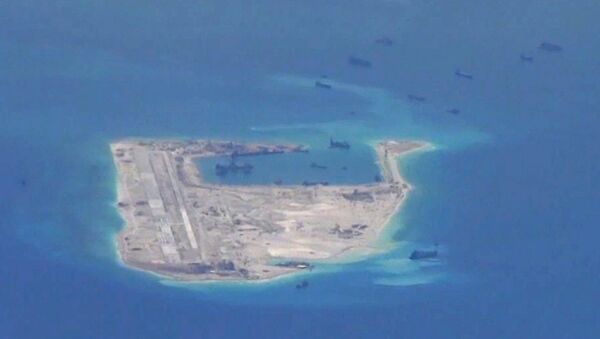According to the Chongqing Youth Daily, the deployment of this ship marks the end of Chinese maritime archaeologists conducting out their research from rented fishing vessels.
The ship called ‘Kaogu-01’ is equipped with an A-frame crane capable of lifting up to 3 tons, a folding arm crane that can extend up to 6 meters past the edge of the ship, a dive workroom, a decompression chamber, an ‘air-lock chamber for excavated cultural relics’ and two food storage rooms.
Furthermore, Kaogu-01 is powered by an electric motor capable of reaching speeds up to 12 knots. The ship can also carry supplies adequate for up to 30 days’ continuous operation.
With the ongoing dispute over the South China Sea, it may be possible that China will use underwater archaeology as a way to strengthen its historical claims in the South China Sea.
Media reports have made direct connections between Chinese efforts in maritime archaeology and the protection of maritime rights in the South China Sea.
In addition, a regional underwater archaeological research and preservation center has been established in Jinan, Shandong province. This base aims to integrate all South China Sea cultural heritage investigations, training, and research under one national-level organization.
Kaogu-01 marks the latest big step in the active decade of Chinese domestic maritime archaeology. More than a dozen shipwrecks have been excavated, and a large number of other potential sites have been identified by the ship.



